1. Check phpinfo ()
See, it’s simplexml
2. Linux Environment Security
yum installphp-xml
yum install php-xmlrpc
3. Restart the PHP environment
1. Check phpinfo ()
See, it’s simplexml
2. Linux Environment Security
yum installphp-xml
yum install php-xmlrpc
3. Restart the PHP environment
What are the eight life cycle hook functions of Vue>>> ![]()
Error while sending query packet in PHP runtime
Run show variables like ‘max in MySQL_ allowed_ packet’;
View Max_ allowed_ Packet value, if Max_ allowed_ If the packet value is too low, the title error will be reported
Edit my.cnf (my.ini under Windows) and modify it in the [mysqld] section or the server configuration section of MySQL_ allowed_ Packet = 50m (or max_ allowed_ packet = 50 * 1024 * 1024)
command line modify set global Max_ allowed_ packet = 50 * 1024 * 1024
Fatal error: class’ mysqli ‘not found in xxx
The error indicates that PHP lacks mysqli extension. You can check the PHP compilation parameters first to confirm/usr/local/PHP5/bin/php-i|grepconfigure
Attached are other common software queries:
nginx:/usr/local/nginx/sbin/nginx-V
apache :cat/usr/local/apache/build/config.nice
mysql:cat/usr/local/mysql/bin/mysqlbug|grepconfigure
It’s true that we didn’t enter the source code package ext/mysqli later
Linux installation is compiled with configuration, but it disappears after we have installed PHP. There is a file called phpize in the command directory bin of PHP5 folder, which can be used to generate configuration
/Usr/local/PHP5/bin/phpize// enter here to run. After execution, the configure file appears
Now add the extension mysqli
./configure –prefix=/usr/local/mysqli –with-php-config=/usr/local/php5/bin/php-config –with-mysqli=/usr/local/mysql/bin/mysql_ config
make && amp; make test && amp; make install
After compilation:
Thank you for helping to make PHP better.
Installing shared extensions: /usr/local/php5/lib/php/extensions/no-debug-non-zts-20090626/
Installing header files: /usr/local/php5/include/php/
The description is normal
Now mysqli. So appears
Modify php.ini file
extension_ Dir = “/ usr/local/PHP5/ext”
extension = mysqli. So new
I found that there are two PHP directories, which may be due to problems in the previous compilation, and both generated php.ini files. I found that they need to be modified to add the last two sentences to run normally
Finally, the generated mysqli.so file CP is put under/usr/local/PHP5/ext
Restart PHP FPM to complete the program
If you feel troublesome, you can directly delete the PHP file of compilation and installation, and the installation directory and configuration file can be recompiled and installed
If you have other questions, you can reply and learn together
Fatal error: class’ mysqli ‘not found in
/login/login_ action.html” method=”post” onSubmit=”return checkform(‘false’)”>
The php.ini file does not recognize the form and needs to be modified
Found
short_ open_ Change tag = on to on
File is used in the method of writing log_ put_ Content this method, when executing the callback method to write the log today, prompts that there is no permission to write to the file, and reports an error
file_put_contents: failed to open stream: Permission deniedCheck the log folder permissions. Because it is generated on a daily basis, a scheduled task is executed on a regular basis, and the executing user is root. Therefore, both the generating folder user and the user group are root. In the callback method, the executing user is WWW, which is written to the log method
if(!is_dir($dir)){
mkdir($dir,0777,true);
}If the directory doesn’t exist, create a directory, but set 777 permission to create a folder in PHP’s MKDIR function. In fact, the created file still has 755 permission. In Linux system, there is a default permission when creating files/folders. This permission is affected by umask settings. We can find the following configuration in/etc/bashrc configuration file:
if [ $UID -gt 99 ] && [ "`id -gn`" = "`id -un`" ]; then
umask 002
else
umask 022
fiThe default umask in Linux system is 022, which is similar to our 777 & amp; After the operation, it becomes 755. That’s why. The setting here directly affects the default permission setting of Linux system, not just the problem of PHP. Therefore, it is not recommended to change 022 to 000 directly
First create a directory, and then use Chmod to modify the permission to 777
mkdir('test', 0777);
chmod('test', 0777);Knowledge map advanced must read: read how large-scale map data efficient storage and retrieval>>> ![]()
What is the difference between die() and exit() functions in PHP
I think the two have the same function, but I wonder if there are some differences between the two… What is this
As mentioned earlier, the two commands produce the same parser token
But
One small difference is how long it takes for the parser to return the token
I haven’t studied the PHP parser yet, but if it’s a long string of functions that start with “d” and a short string of functions that start with “e”, it’s going to take some time to find the function name of the function that starts with “.” e “. There may be other differences due to the way the entire function name is checked
I doubt it will be measurable unless you have a “perfect” environment dedicated to parsing PHP and many requests with different parameters. But there must be a difference. After all, PHP is an interpretive language
There’s no difference – they’re the same
PHP Exit Manual:
Note: this language construction is equivalent to
die()
PHP die Manual:
This language construction is equivalent to
exit()
They are essentially the same, although there are other suggestions in this paper
They sound similar, but exit () also allows you to set the exit code for the PHP script
Usually, you don’t actually need this script, but when writing a console PHP script, you may need to check with bash that the script does everything in the right way
You can then use exit () and capture later. Die() is not supported
Die() always exists as code 0. So essentially, the die() command does the following:
<?php
echo "I am going to die";
exit(0);
?>Same as the following:
<?php
die("I am going to die");
?>Mold in PHP manual:
Die – equivalent to exit
You can even die and exit same - with or without brackets
The only advantage of choosing die() instead of exit() may be that it saves time typing extra letters; -)
Knowledge map advanced must read: read how large-scale map data efficient storage and retrieval>>> ![]()
$_ SERVER[‘PHP_ Self ‘] indicates the location address of the current PHP file relative to the root directory of the website, which is related to document root
Suppose we have the following website$_ SERVER[‘PHP_ The results of self ‘] are as follows:
http://www.ywp.com/php/ :/php/index.php http://www.ywp.com/php/index.php :/php/index.php http://www.ywp.com/php/index.php?test=foo :/php/index.php http://www.ywp.com/php/index.php/test/foo :/php/index.php/test/foo
Therefore, it can be used$_ SERVER[‘PHP_ Self ‘] it’s very convenient to get the address of the current page:
$url = "http://".$_SERVER['HTTP_HOST'].$_SERVER['PHP_SELF'];
Taking the above address as an example, the results are as follows:
http://www.ywp.com/php/index.php
The above is a simple way to get the current page URL of the HTTP protocol. Just note that the address does not contain the requested parameter (?) in the URL?And the following string). If you want to get the full URL address that contains the request parameters, use$_ SERVER[‘REQUEST_ URI’] 。
Due to the use of$_ SERVER[‘PHP_ Self ‘] can easily obtain the current page address, so some programmers like to use the following method when submitting form data to the current page for processing:
<form method="post" action="<?php echo $_SERVER['PHP_SELF']; ?>">
Suppose the page address is:
http://www.ywp.com/php/index.php
The HTML code of the form is as follows:
<form method="post" action="/php/index.php">
This code is correct, but when the access address becomes:
http://www.ywp.com/php/index.php/test/foo
The page is executed normally, and the HTML code of the form becomes:
<form method="post" action="/php/index.php/test/foo">
Obviously, this code is not what we expected. Attackers can add attack code at will after the URL. To solve this problem, we can:
Using htmlentities ($_ SERVER[‘PHP_ Self ‘]$_ SERVER[‘PHP_ Self ‘], so that the possible malicious code in the URL can be converted into HTML code for display and cannot be executed
If possible, use$_ SERVER[‘SCRIPT_ [name ‘] or$_ SERVER[‘REQUEST_ Uri ‘] substitution$_ SERVER[‘PHP_ SELF’]
In the common code$_ SERVER[‘PHP_ Self ‘]:
$phpfile = basename(__FILE__); $_SERVER['PHP_SELF'] = substr($_SERVER['PHP_SELF'], 0, strpos($_SERVER['PHP_SELF'], $phpfile)).$phpfile;
Knowledge map advanced must read: read how large-scale map data efficient storage and retrieval>>> ![]()
This error is very common. There are two kinds of errors
PHP FPM could not find script_ PHP file executed in file name
PHP FPM can’t access the executed PHP, which is a permission problem
Change the configuration file nginx. Conf
fastcgi_ param SCRIPT_ FILENAME /scripts$fastcgi_ script_ name;
replace with the following
fastcgi_ param SCRIPT_ FILENAME$document_ root$fastcgi_ script_ name;
Then reload the nginx configuration file
/etc/init.d/nginx reload
Two solutions:
the first is to set your root folder to allow other users
the second is to find your PHP FPM configuration file, find the following paragraph, and replace Apache with the user group you want
; RPM: apache Choosed to be able to access some dir as httpd
user = apache
; RPM: Keep a group allowed to write in log dir.
group = apache
In my impression, this kind of PHP error is rarely encountered, but once encountered, all of a sudden still can not find the problem
When a person is very tired in the process of development, he makes a low-level mistake. He looks at the screen and doesn’t know why, so the whole network looks for the answer. PHP error: function name must be a string appears in the following code
<?php
$_GET('name');
$_POST('name');
$_COOKIE('name');
?>Function name and method name must be a string, which is easy to mislead people. PHP 5.3 has started to support anonymous functions, and variables can also be used as functions
Knowledge map advanced must read: read how large-scale map data efficient storage and retrieval>>> ![]()
1. Download php7 http://windows.php.net/download/
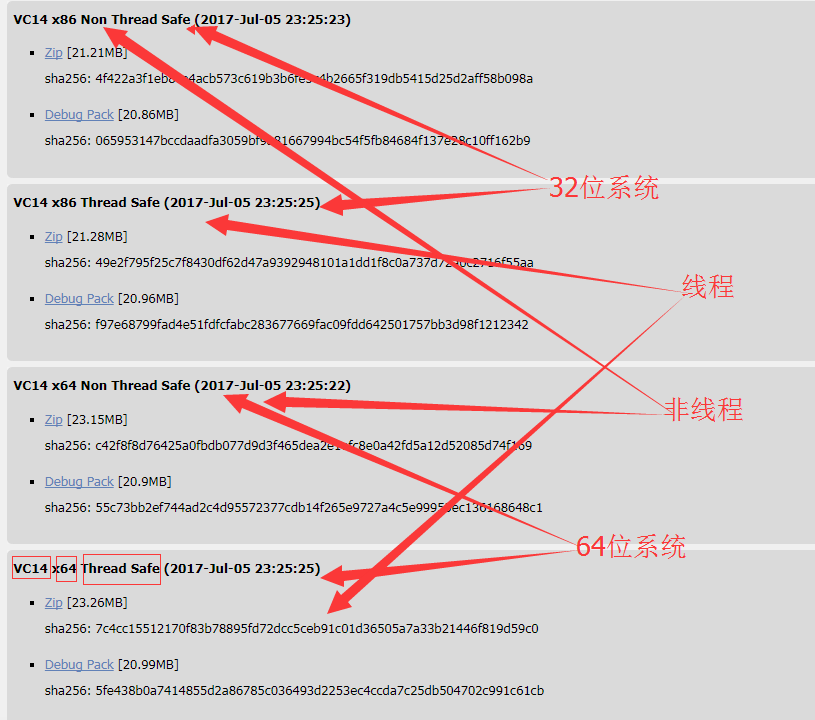
2. Configure php7
Change the name of php.ini-production in the PHP installation directory to php.ini
Open php.ini and make the following modifications:
1) Setting the extension path of PHP
Find extension_ Dir = ext, remove the semicolon
2) Open common PHP extensions, such as:
extension=php_ Mbstring.dll (PHP multibyte string extension)
extension=php_ Mysql.dll (MySQL library extension)
extension=php_ Mysql.dll (mysqli library extension)
Opening method: find the above extension, and change the semicolon (;) Just delete it
3) Set default time zone
date.timezone = Asia/Shanghai
3. Configure Apache
Find conf/httpd.conf in your Apache directory and open it to add configuration
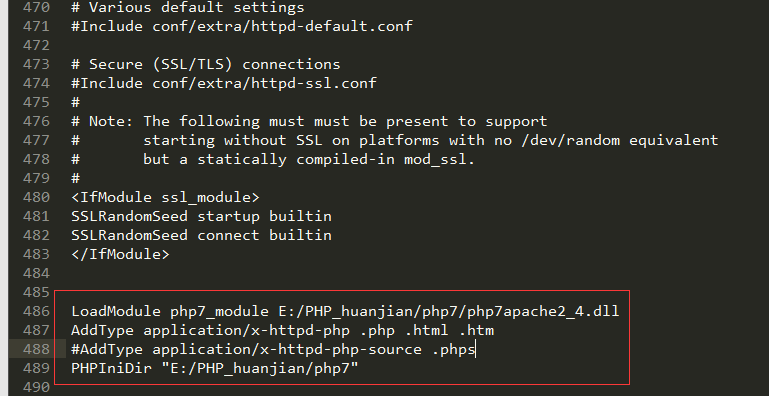
4. An error is reported when restarting Apache and it cannot be started
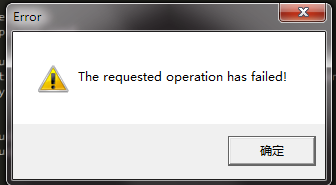
5. To find the error, enter the installation directory apache2.2 in command line, and use httpd – T command

As shown in the figure above, cannot load php7apache2 is displayed_ 4.dll into server
6. It is said on the Internet that 32-bit system uses 32-bit PHP, 64 bit system uses 64 bit PHP, check my 64 bit system and download 64 bit thread php:php-7.0.21-Win32-VC14-x64.zip It has nothing to do with the system and version. It is said that the interface 80 is not turned on. Check that your 80 interface is turned on. It is said that 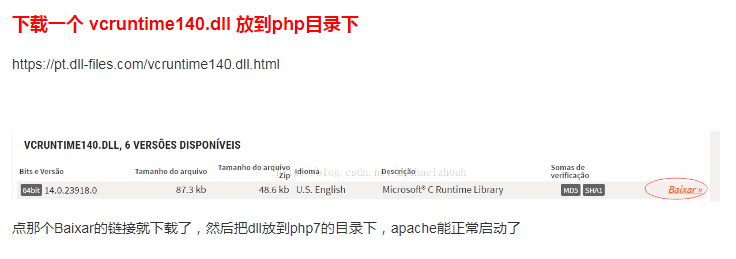
Download to php7 directory still can’t start
Check VC version, also has vc14. Very helpless, still cannot load php7apache2_ 4.dll into server

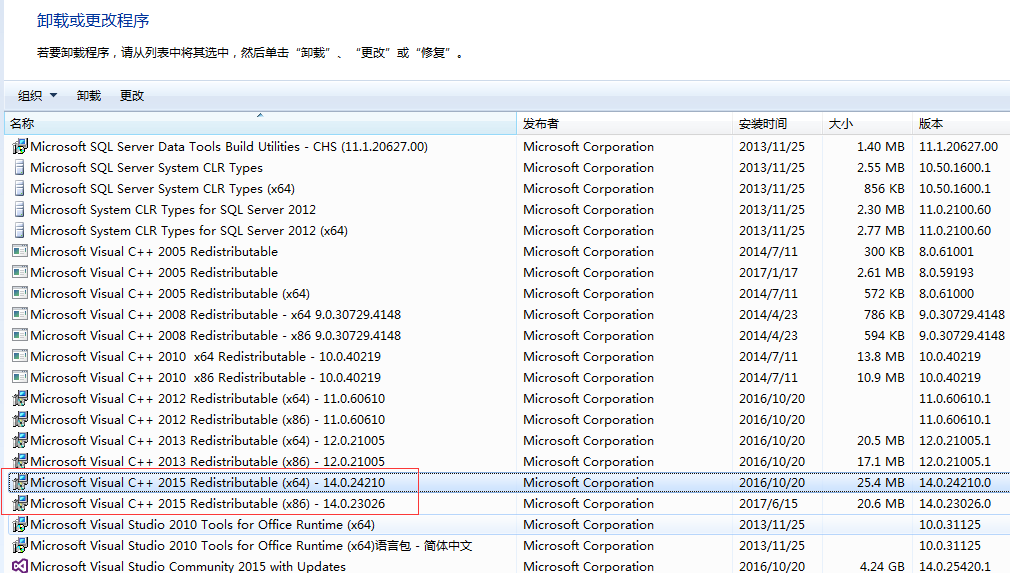
Solution:
Just re install Apache 2.4. Apache 2.2 doesn’t support php7. Apache 2.4 installation reference
http://www.cnblogs.com/zhaoqingqing/p/4969675.html
Knowledge map advanced must read: read how large-scale map data efficient storage and retrieval>>> ![]()
Recently, when configuring lamp environment on Ubuntu, editing PHP file on phpstorm and browsing, the browser always prompts 502 bad gateway. Baidu has been unable to find a solution, and finally found it on stackoverflow, as follows:
sudoapt-getinstallphp5-cgiDepressed, it turned out that I installed this guy less when I installed PHP